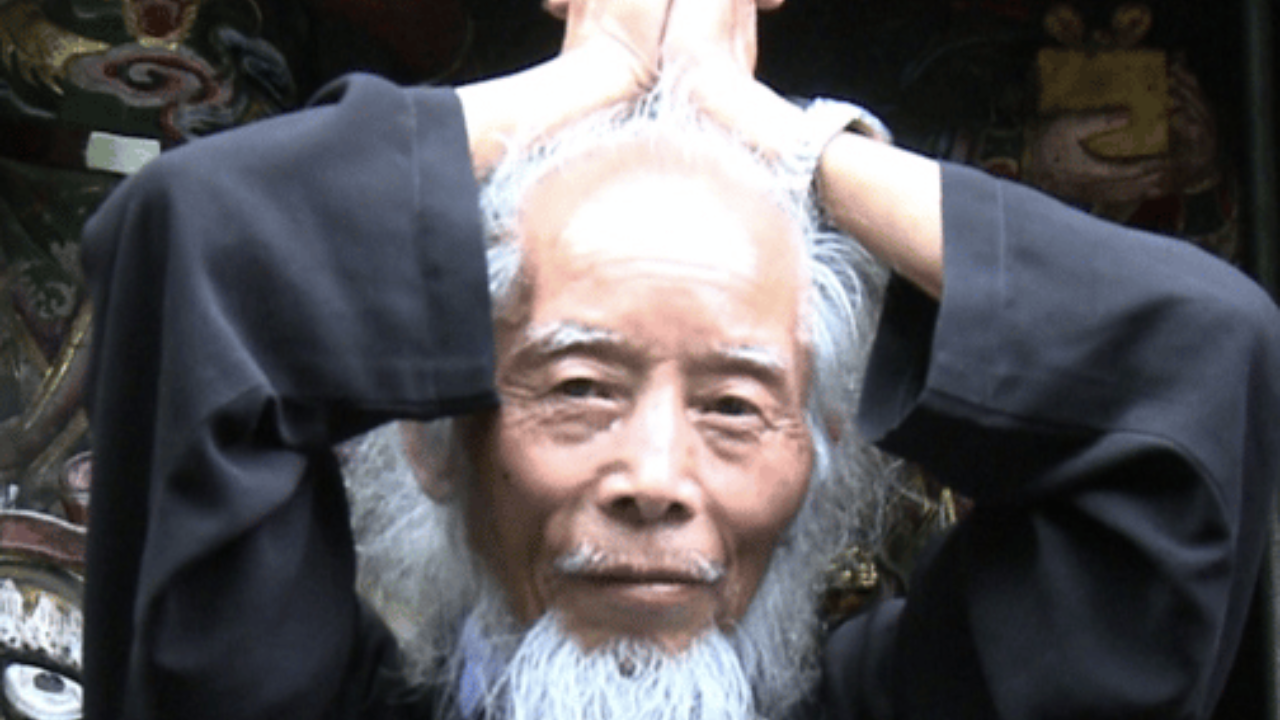
Qigong Meditation: Primordial Breathing (Part 1)
Dec 26, 2016Today we will start talking about Primordial Breathing, which is a part of Static (Nei Dan) Sitting Qigong. Primordial Breathing is also known as Embryonic Breathing, Fetal Breathing, Stopping the Breath, Internal Breathing and by other names, but the original Chinese name is 胎吸 (Tai Xi). Primordial Breathing is a very powerful practice that allows generating and storing inner Qi efficiently in the body. However, learning proper Primordial Breathing Qigong Meditation takes effort and time. There are several things you have to master first before proceeding with the actual Qigong meditation. The most important one is training your abdominal muscles through the practice of Normal Abdominal Breathing and Reverse Abdominal Breathing.
Abdominal Breathing
Majority of people use their chest while breathing. This makes the breaths not as deep and slow as they should be. When we breathe using our chest, more muscle power is utilized, as we tend to take more breaths per minute. Abdominal breathing, on the other hand, is a much more relaxing and effective type of breathing. It is the way human beings should breathe by nature. During abdominal breathing, we use the contraction and expansion of our stomach to take fewer, but much deeper and better quality breaths. This allows breathing in more oxygen and releasing more carbon dioxide when we exhale.
Types of Abdominal Breathing
Normal Abdominal Breathing: Simple
If you have never practiced abdominal breathing before, start with simple breathing. Expand your abdomen while inhaling and pull it in when exhaling. You can put one hand over your chest, another hand over your belly and feel and observe the belly moving in and out, while the chest stays still. Practice Simple Abdominal Breathing for a while, until you are comfortable with it. Then, move to the next stage.
Normal Abdominal Breathing: Advanced
In addition to the stomach, Advanced Abdominal Breathing involves the movement of your buttocks, lower back and diaphragm. As you inhale, gently push out your abdomen, while relaxing the buttocks and the lower back and moving the diaphragm downwards. As you exhale, move your abdomen inwards, while squeezing the buttocks, pulling in the lower back and moving your diaphragm upwards.
It will take you time to learn how to do this type of breathing properly, and to train relevant abdominal muscles.
Reverse Abdominal Breathing
Once you mastered Advanced Abdominal Breathing and really learned how to control your abdominal muscles, you can start practicing Reverse Abdominal Breathing. As you inhale, gently move your abdomen inwards, while squeezing the buttocks, pulling in the lower back and pushing your diaphragm down. As you exhale, push out your abdomen, while relaxing the buttocks and the lower back and moving the diaphragm inwards.
Once you have practiced these types of breathing techniques and become well-experienced using your abdominal muscles, you can proceed with your first Primordial Breathing Qigong Meditation. Detailed instructions on how to do this practice will be explained in the next blog Qigong Meditation: Primordial Breathing (Part 2).
If you want to go more into depth you can purchase the full Primordial Breath Qigong Online Course and MP3



